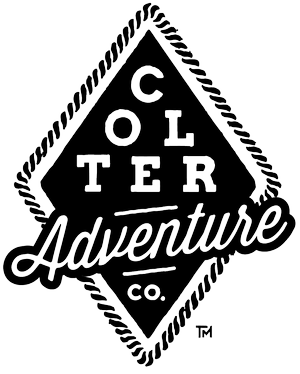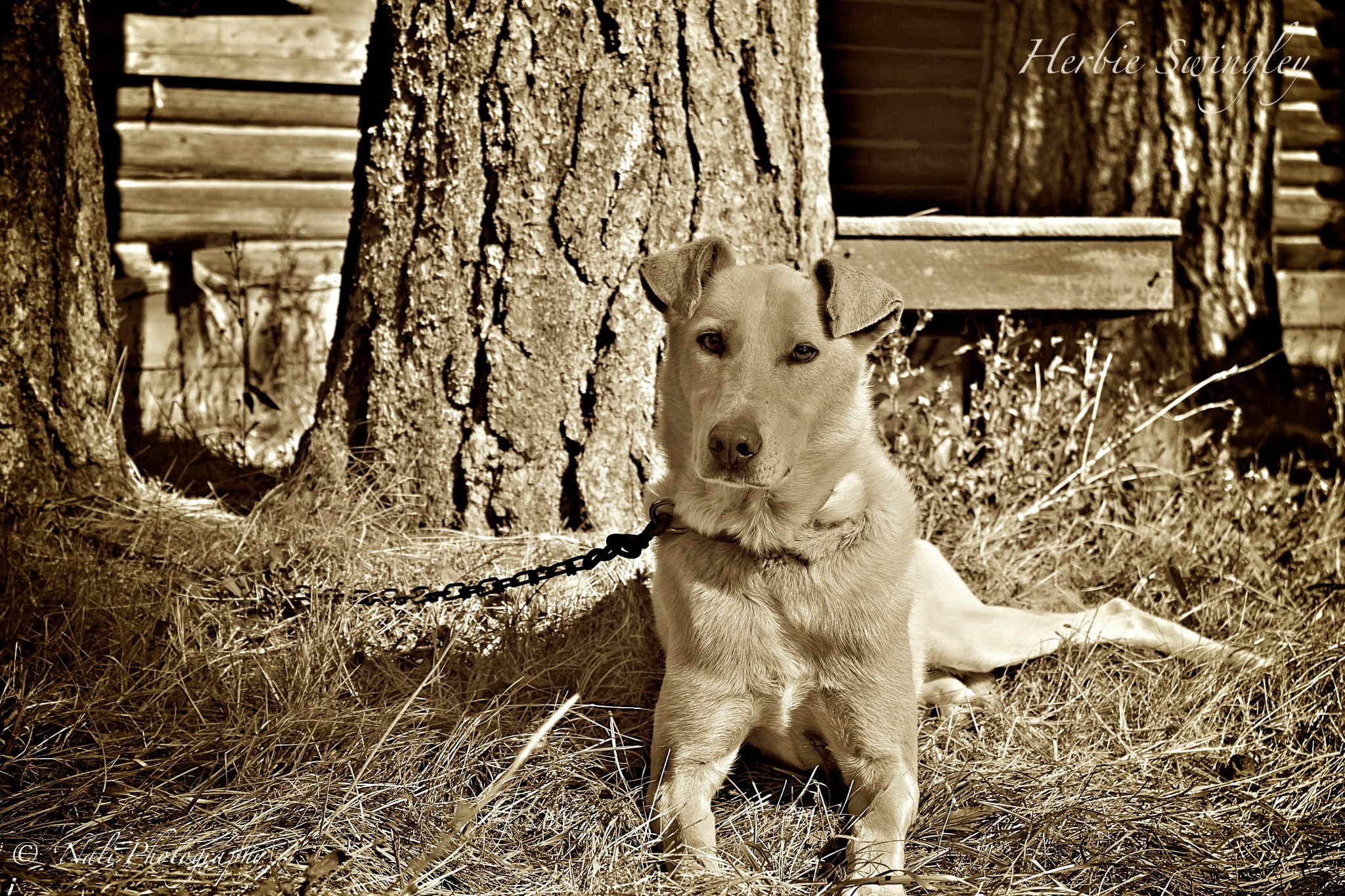CC:Which skills are required for the sport?
DK: Patience, tolerance for cold weather, love for animals. A dog team is not something you can put away for the summer like a snowmobile, so you obviously really need to like dogs.
CC:What kind of gear to you bring with you? Do you have a survival kit? (if so, what's in it?)
DK: Boots that aren't too heavy (because you will want to help out the team if you can, especially when racing), and can keep your feet warm in extreme conditions. A parka that can withstand temperatures well below freezing. I don't have a survival kit -- though most mushers do -- I should probably put one together.
CC: What advice would you give to someone just starting out?
DK: I think the biggest piece of advice I can offer relates to team growth and the quality of the team. I've seen many people, new to the sport, who jump right in and expand their team by breeding mediocre dogs. Don't do that! You'll end up with a mediocre team. For as long as you can, buy dogs from other mushers, and buy the best dogs you can find. 4-time Iditarod Champion Jeff King, who's been mushing for decades, still buys dogs from other mushers. Get familiar with the best lines out there and pick from those lines.
CC: Do you have a favorite breed of dog?
DK:Type of dogs: I prefer only the Alaskan Husky. There are other breeds that can be used, including but not limited to the German Shorthair Pointer, Siberian Husky, Alaskan Malamute, Samoyed, Greenland Husky. I prefer the Alaskan because it's the top performer. Alaskan Huskies originated from the Alaskan village dogs and are bred for their performance and not their looks. They are not an AKC registered breed. They're rangier and shorter haired. They don't look like the typical sled dog portrayed in the movies. My first lead dog (Togo) was a grandpup of a very famous native village dog named 'Lingo' from legendary musher George Attla. The way George describes Lingo is also how I'd describe Togo - truly a great lead dog."









